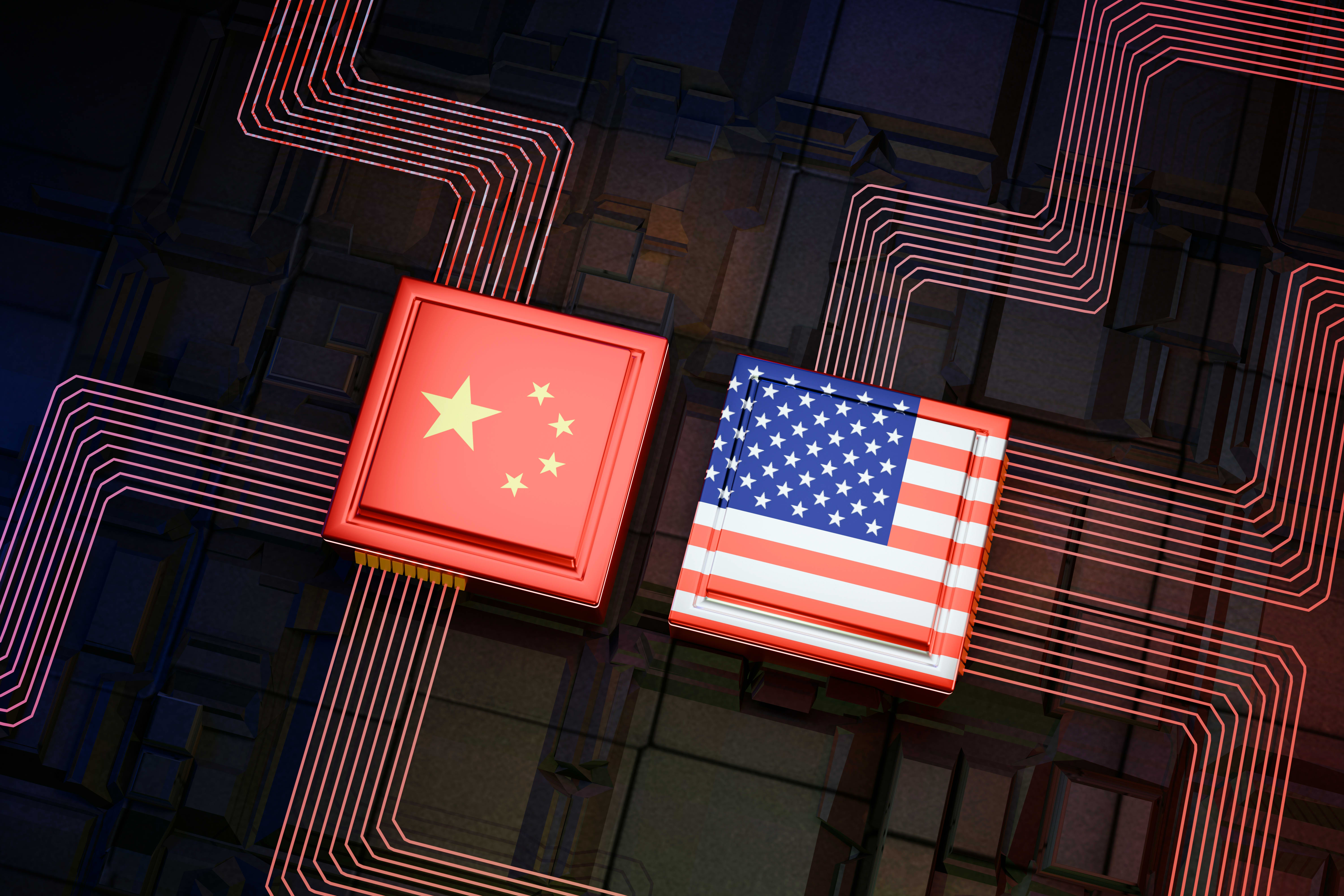The U.S. has implemented a series of export controls aimed at restricting China’s access to advanced chip technology, particularly those used in AI applications. Despite these restrictions, U.S. chipmakers have managed to continue serving their Chinese clients by modifying products to meet Chinese market demands. Companies like Micron Technology, AMD, and Nvidia have adapted to the changing regulations, with some designing specific AI chips for China amid export restrictions.
In response to U.S. limitations, China has been focusing on developing its domestic semiconductor industry to achieve self-reliance. The Chinese government has invested significant funds in subsidies for chip firms and has encouraged the purchase of locally made chips to reduce dependence on foreign technology. While U.S. companies currently maintain a technological advantage in certain chip segments, Chinese firms are actively innovating and expanding their capabilities in the semiconductor market, indicating a shift towards more self-sufficiency in the industry.
Even with the efforts to bolster domestic chip manufacturing, challenges remain in China’s quest for semiconductor independence. The U.S. still holds a technological lead in crucial chip segments like AI GPUs, posing limitations on Chinese companies seeking to establish a robust local supply chain. As the global chip war continues to unfold, competition and collaboration between U.S. and Chinese semiconductor industries will shape the future landscape of the technology market.
